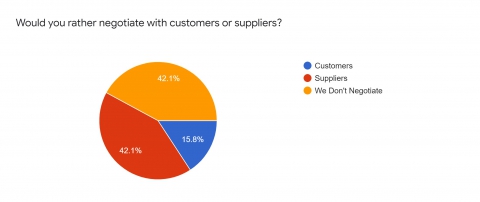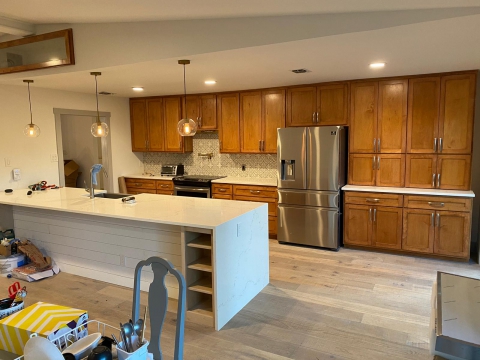How A Simple Addition to Your Contract Can Protect Every Paint Job
16 May, 2019
16 May, 2019
 |
| Steve Skodak, executive director of PDCA. |
Ever dealt with a complaint on a job that you know you executed as agreed upon—but just can’t prove it? Maybe a homeowner who demanded you repaint a completed job because they didn’t like the color they selected? Or a general contractor who calls you into repair (free of charge, of course) a paint job you just completed that’s already been banged up by another tradesperson?
If you’ve gone along with these issues in the past, then you haven’t been incorporating PDCA standards into your contracts. Fortunately, we’ve got insight for you on how to change your contracts for the better. APC spoke with Steve Skodak, executive director of PDCA, about how painting contractors can protect their paint jobs and profits.
APC: How can PDCA standards help painting contractors?
Skodak: Standards create an agreement between the asset owner and the contractor as to what various things mean. It’s like defining what the meaning of “is” is. So it allows them all to have a set of industry standards that they can point to and say, “This is the industry acceptable way of providing a quality job.” So where there might be specifications for how the drywall is hung, there may now be specifications for which paint manufacturer and products are being used. The PDCA standards allow the asset owner to identify and have a set of guidelines that tell them what the quality of the job is going to be.
APC: Do you ever have painters share examples of how PDCA standards have helped them?
Skodak: We routinely hear this, especially when you talk about anything like trade damage or out of sequence work, because the standards also identify that there is a sequence for the job that they bid on. If they're asked to go out of sequence, that's going to impact the outcome of the product.
APC: What tips do you have for incorporating the standards into contracts?
Skodak: For residential it’s a simple process. They just need to reference the standards in their quotes and agreements, saying “per PDCA standards.” With the homeowner, they're not really going to notice the difference unless the person who's putting them in there identifies the importance of having those in there. That really becomes a marketing tool for the contractor who is identifying “we're going to agree to industry standards on this as opposed to just taking my word for it.”
In a commercial contract, you're dealing typically with the asset owner and the general contractor. We have some general contractors who will only do jobs that contain the language “per PDCA standards” because it creates a degree of protection for everyone involved. There are some GCs who do not want to incorporate any kind of limitation on their ability to end a job, take it out of sequence, push the final trade on the job into a tighter timeline, or go back and have them patch up a bunch of trade damage from people who came in out of sequence.
We also have painting contractors who put the language in and then they have general contractors or asset owners who want to pull it out. Really that affords them very little protection after the fact as the painting contractor.
APC: Do you do regular revisions to the standards? What is the process for staying current?
Skodak: We have requirements to revisit these with a degree of frequency. For example, right now there is a revision to P-23 Painting and Decorating Contractors Implied Exclusions from Scope of Work, that is posted on our website and we sent out for comment. So, when a revision is done we post it on our website and notify people that we're seeking comments for the next 45 days. So, the committee will review it, they will make suggested changes, they'll publish it to the industry, they'll seek industry comments for 45 days on it, and then after that they can adopt and put into effect those standards.
They also have created a new standard, P-25, Allowance for Reasonable Damage Repair Painting, which is also posted out on our website for comment. Anytime there is a new introduction, they post it for 45 days for public comment before it's adopted in the standards. But they are regularly revised and that group meets several times a year.
APC: Where is the best place for painters to learn more about the standards out there?
Skodak: We certainly have information on our website. In addition to that, we have a podcast we recently did called Standing With The Standards. And they can always call us if they have questions about the standards or how they're utilized or the best way to use them.
We have the finishing contractors sign on to them as well because it impacts them when they’re doing drywall and finishes. They may be glaziers, they may be drywall finishers, they may be staining and painting as well. But they too have signed on and they may serve on that committee as well. So there really are two organizations who are on that at the moment.



We asked painters, " Would you rather negotiate with customers or…
Read Now
Add new comment